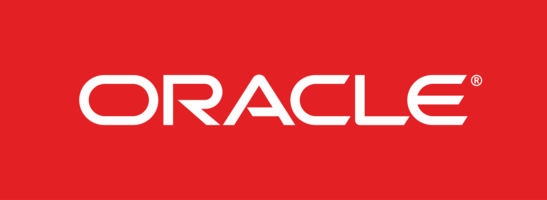
In a business climate where 52% of the Fortune 500 Companies from the year 2000 no longer exist, the "status quo" of customer-driven industries is in major state of flux. Over the last decade, innovative startups like Uber and AirBnB have transformed industries and put stalwarts on notice of massive changes.
Likewise, as social, mobile and cloud technologies continue to disrupt business models, customers are demanding a better, more seamless experience of interaction and service. This pressure continues to intensify as technologies and consumer behavior evolve, forcing many business models to undergo massive shifts to improve customer experience and remain competitive.
The Direct to Consumer (DTC) direct-selling strategy continues to progress into key consumer industries, as manufacturers and consumer product firms deploy both e-commerce and brick-and-mortar sites to sell their products and services. For instance, major telecom companies like Sprint and Verizon have taken a DTC approach over the last 15 years, emphasizing branded local stores that deliver more end-customer control and financial benefits. Nike is also focused on building a robust DTC channel, targeting 250% growth to $16B annually by 2020.
Against this backdrop, CFOs are tasked with not only identifying new revenue streams, but also effectively analyzing and tracking new revenue growth opportunities. Yet many traditional manufacturers lack both the understanding and context of retail customer engagement models.




